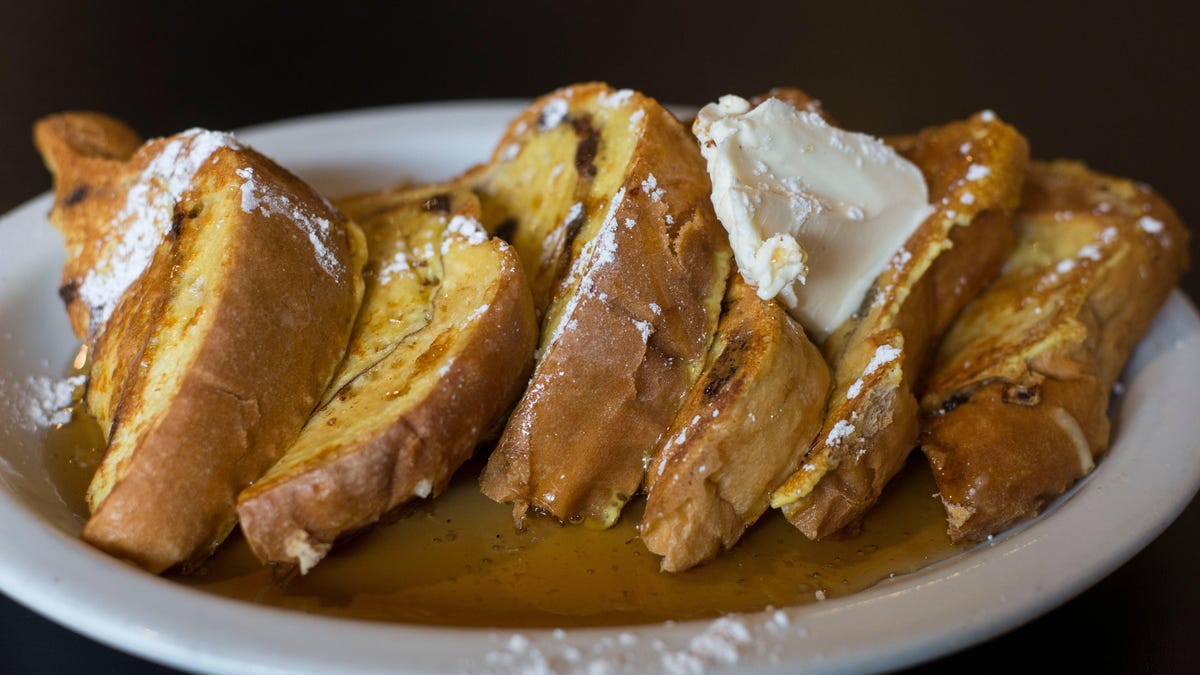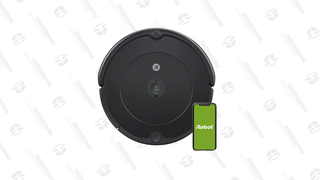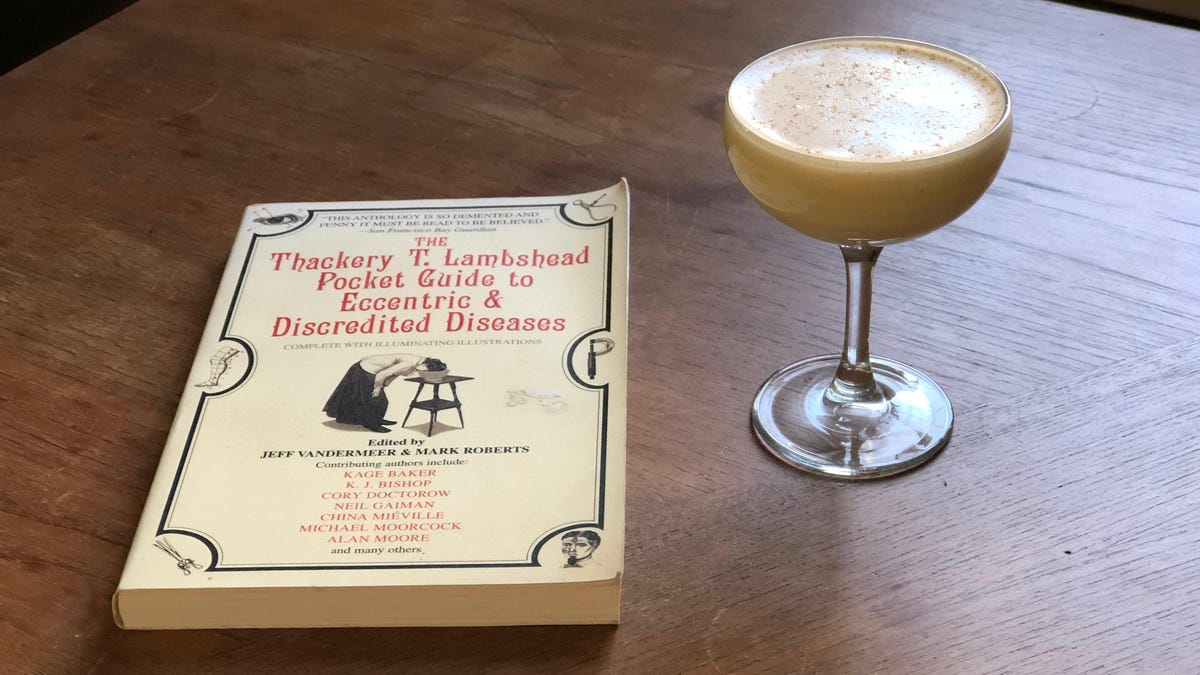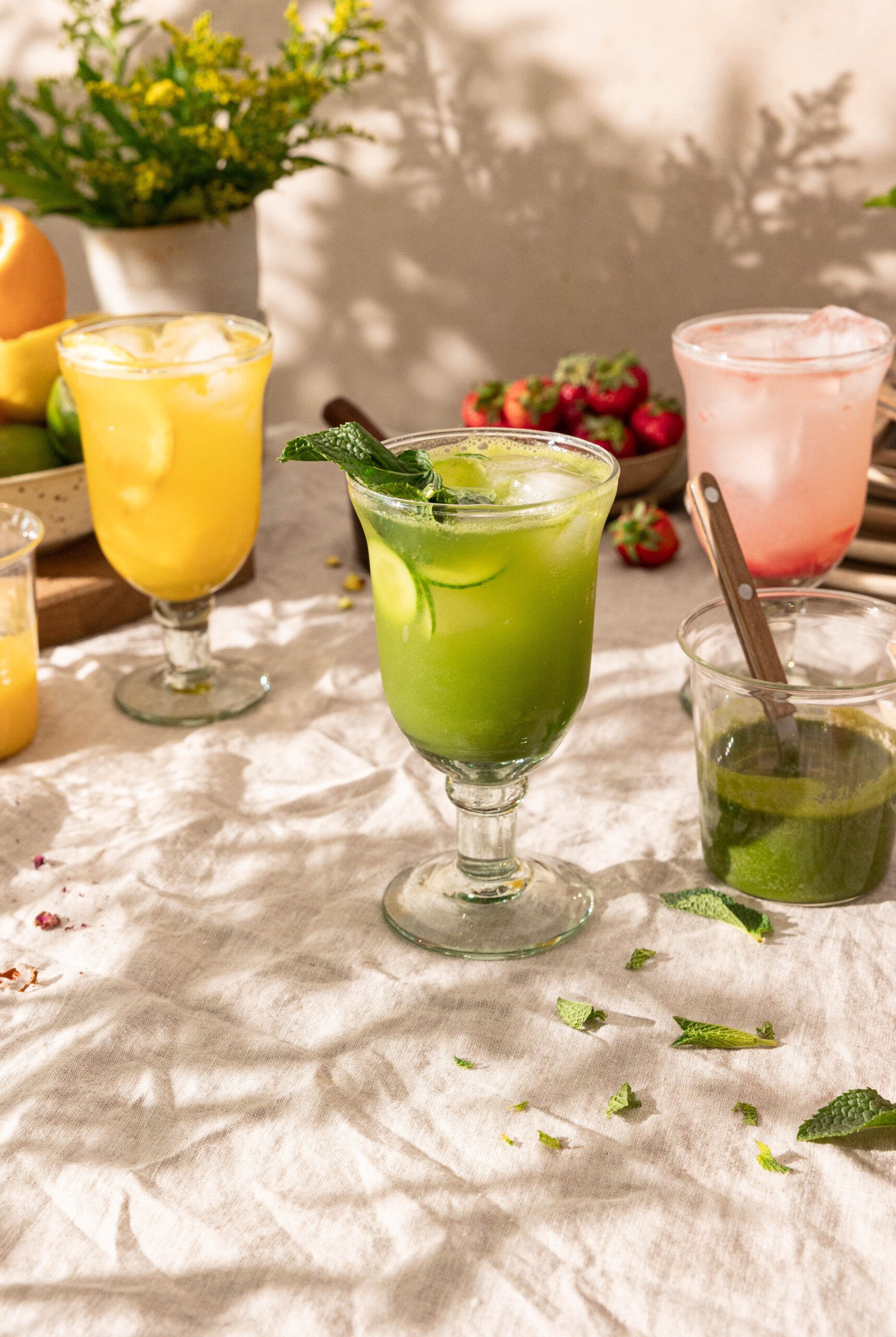What Breads Work Best for French Toast?
My life is built on a house of carbs. I love them all and don’t plan on stopping, but sometimes when my precious breads and cakes go stale or get monotonous I try to renew them for a second...


Photo: Ray Bernoff (Shutterstock)
My life is built on a house of carbs. I love them all and don’t plan on stopping, but sometimes when my precious breads and cakes go stale or get monotonous I try to renew them for a second life—not just to reduce waste, but because of French toast. It’s sweet, custardy, satisfying, and works best with stale bread. Most stale bread, that is. To find out if you have the best bread, cake, or pastry for the job—oh yeah, this goes way beyond bread, folks—you need to ask yourself a few questions.
What is the crumb (or texture) of the bread?
If you’ve got stale hot dog buns or old Panettone staring at you, then you’re in luck: Both of these can be successfully French-toastified even though they are wildly different in presentation and flavor. They both work because of their “crumb,” or texture. The crumb of a particular bread or cake refers to its inside structure. If you think of bread with a tight crumb, then it has small holes that are evenly dispersed. Bread with an open crumb, or an open structure, has larger, more irregular air pockets. A bread that has no crumb, or a very dense crumb, would be something like a flour tortilla or pita bread.
French toast involves soaking up a substantial amount of sweet, eggy custard (or eggnog). The best bread for soaking should have either a tight crumb or an open crumb, but not a dense one. It’s important for the texture to be light and airy with plenty of pockets for the custard to seep into. Sorry, the tortillas are going to have to wait for their rework day.
Does your bread have a thick crust?
I have seen some recipes that use sliced French baguette for French toast. (This might seem logical considering their titles, but you wouldn’t try to use French fries, wouldya?) Even though baguettes have an open crumb, ready for soaking, I’m not partial to them because of their chewy crust. Similarly, if you have a leftover rustic loaf of sourdough, you need to beware of this. A crust is basically a skin around the outside of the bread. Some breads have a thin, delicate skin, like challah, and that makes for great French toast, but loaves that have a thick, tough crust are not ideal. No matter how long you soak the bread for, that skin isn’t going to soften much.
G/O Media may get a commission

40% Off
iRobot Roomba 692 Robot Vacuum
Auto-vac
This robot vacuum features a three stage cleaning system to make sure it really gets the dirt up, uses an edge-sweeping brush to get into corners, uses a suite of different sensors to make sure it doesn’t crash into things, can actively track the areas of your home that are dirtier, and works on hard and soft floors.
Although this isn’t a dealbreaker, it definitely interrupts the texture of a soft, custardy bite. I like to go after a plateful with little else than a fork, and a thick crust is going to require a knife and two hands. You can mitigate that, however, by using a serrated knife and sawing the crusts off the slices before the soak.
Will your bread fall apart?
Structure is a big factor when you know the carb in question is about to sit in a puddle of egg and dairy, then griddled or even grilled. A good quality French toast needs to be indestructible in the face of liquid and frying, while maintaining its pillowy reputation. Look for breads that have a good gluten structure. This doesn’t necessarily mean tough or chewy, though; brioche is a favorite for this application because it’s soft, enriched, and usually comes in a loaf you can slice as thick as you want. It works because it has a sturdy structure—a solid gluten framework with some extra help from the eggs in the dough.
Breads aren’t the only carbs you can use for French toast
This is why most breads with a soft crust can be well suited for French toast, they can handle the process without falling apart. But that doesn’t mean breads are the only carbs that work. Some cakes and pastries are sturdy enough to withstand a quick custard soak and a splash in the frying pan, too. Blueberry muffins and loaf cakes are quick breads that have enough structure to hold up; just do a light soak in the custard or they risk coming apart before they see the griddle.
As long as your custard is good, there are only three reasons you won’t be able to French toast all of the tired carbs in your home. Using your new French Toast Match-Maker Questionnaire, which items will work best? A crusty sourdough, stale Hawaiian rolls, day-old croissants, or angel food cake? Please let me know if you French-toasted angel food cake, because I would very much love to see it.

 Hollif
Hollif 
































